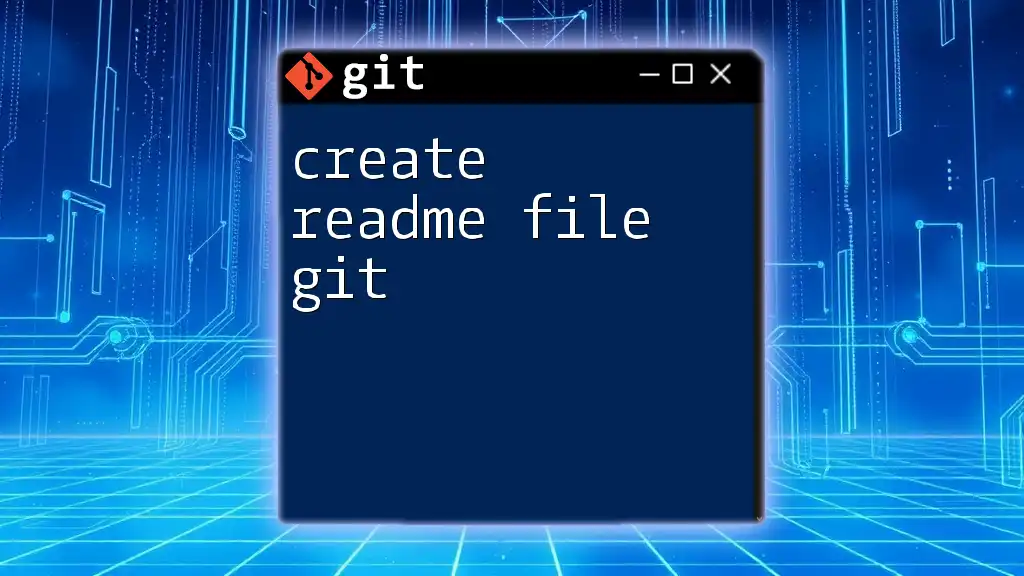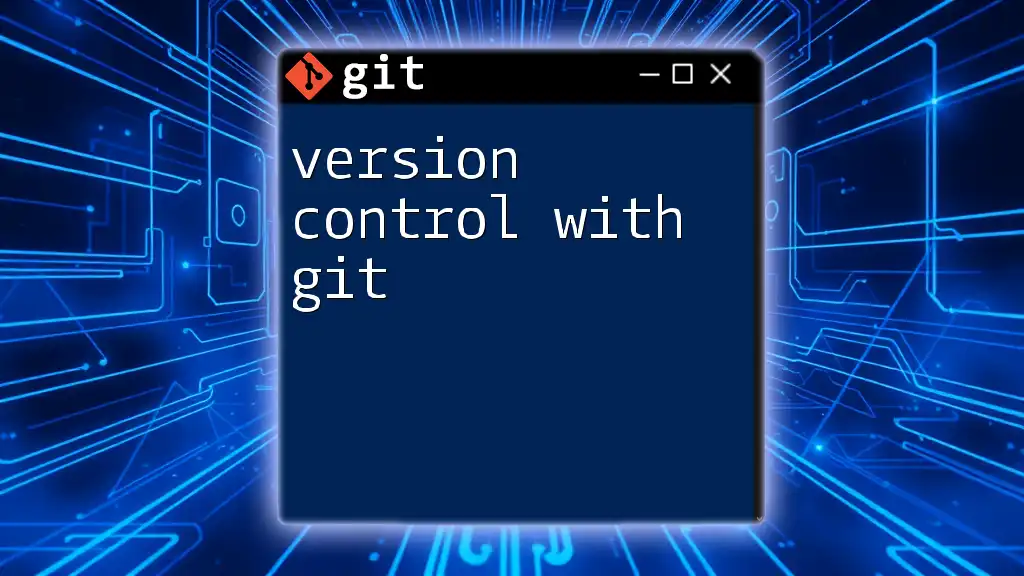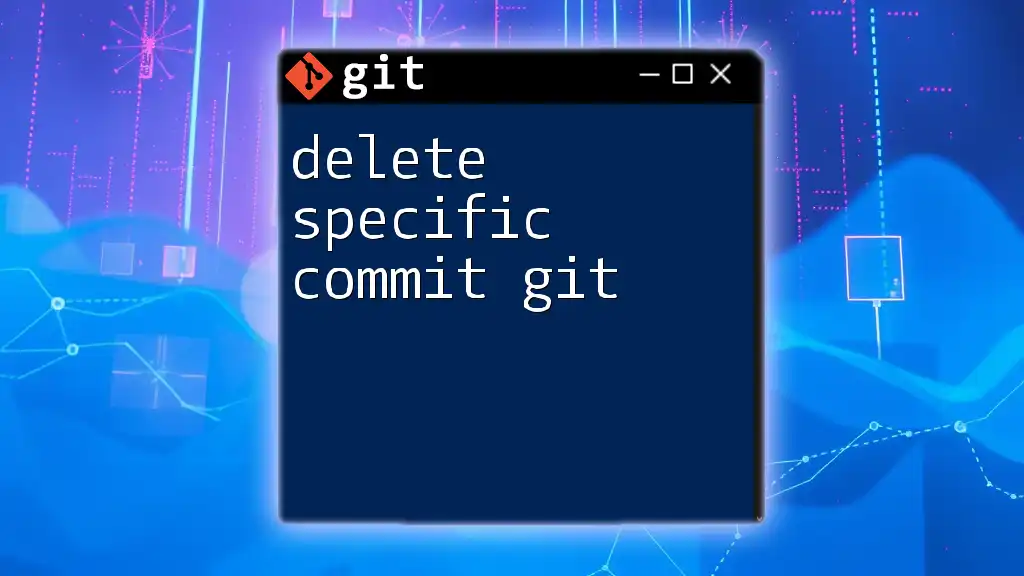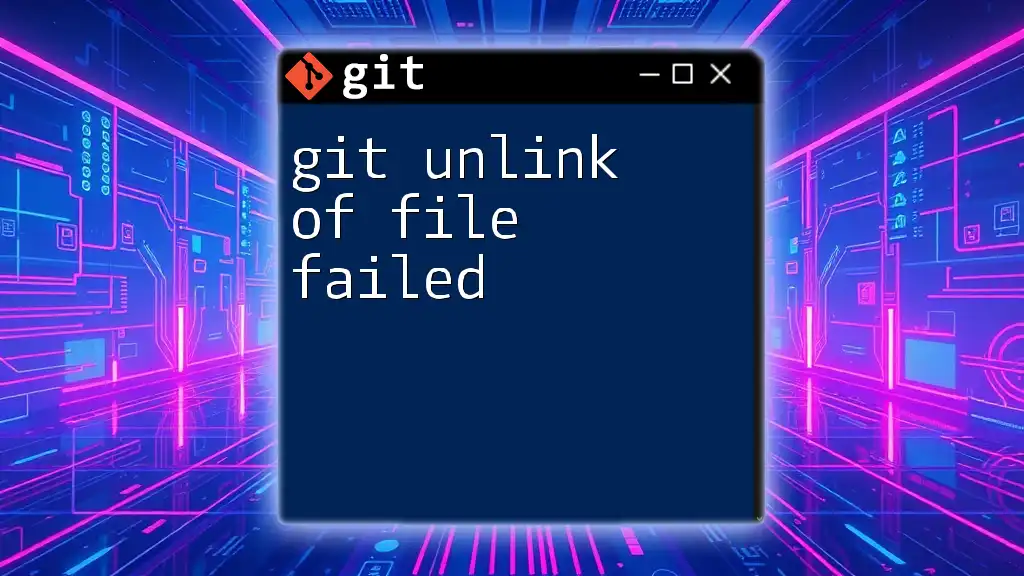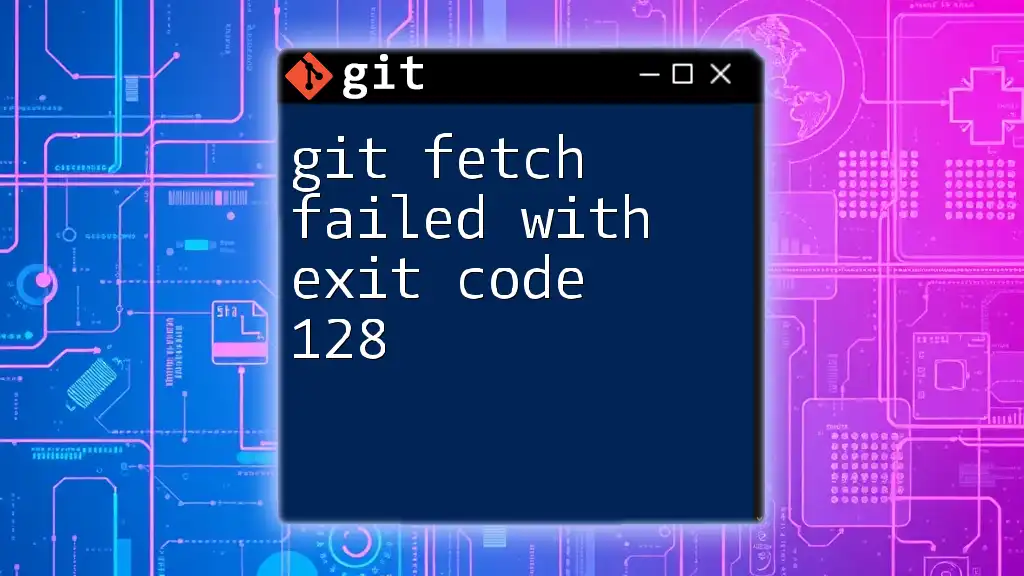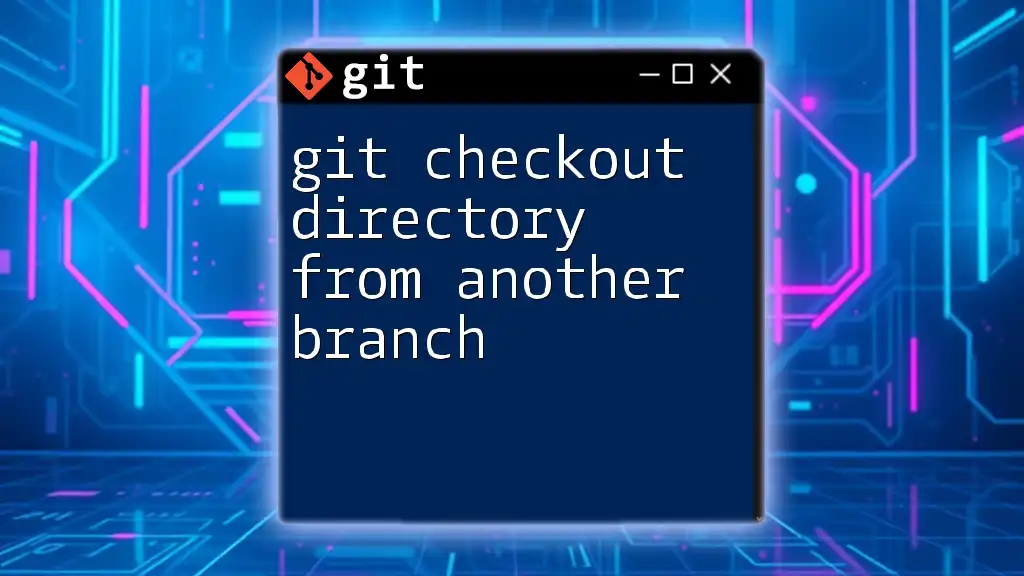When attempting to delete a directory in Git using the `git rm` command, you may encounter a "deletion of directory failed" error if the directory contains untracked files; you can forcefully remove it by using the `-r` and `--cached` options along with the `git rm` command.
Here's how you can do it:
git rm -r --cached <directory_name>
Understanding Git's Directory Structure
How Git Handles Directories
Git treats directories as a crucial part of its internal structure. Instead of explicitly storing directories, Git records paths to files, allowing it to recreate directory structures when displaying content to users. This distinction is important when dealing with deletions, as removing a directory requires interactions with the files it contains.
Example: The `.git` folder is a hidden directory created by Git to store metadata and object database, which holds all the information about your repository, including commits and changes.
The Role of the Index
The index, or staging area, is where Git keeps track of changes before they are committed. When you attempt to delete a directory, its contents must be accounted for in the index. A misunderstanding of the index can often lead to "deletion of directory failed git" errors, especially if some changes have not been staged.
Code Snippet: To view the index and its contents, use:
git ls-files
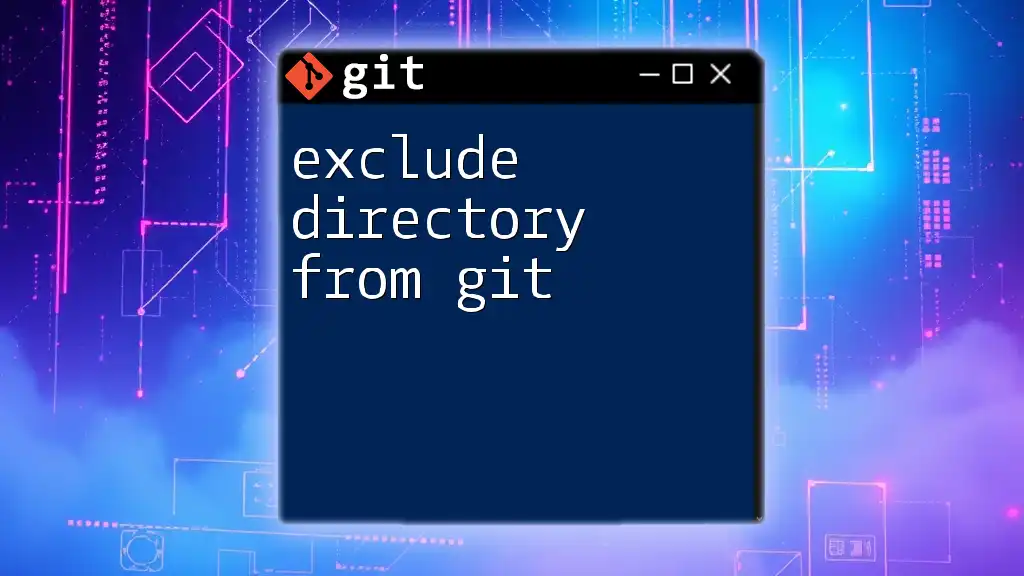
Common Reasons for "Deletion of Directory Failed" Errors
Uncommitted Changes
One of the most frequent causes of deletion failure is having uncommitted changes within the directory you wish to remove. If Git detects modified files that haven’t been staged or committed, it may stop the operation to prevent accidental loss of data.
Example: If you have modified files in a directory and you attempt to delete that directory using `git rm`, you'll encounter an error indicating that Git won't let you proceed until those changes are handled.
Git Submodules
Submodules introduce additional complexity to directory management in Git. If the directory you are trying to delete is a submodule, Git won’t allow removal without first disentangling the association between the parent and the submodule.
Example: Trying to delete the directory of a submodule using:
git rm -r <submodule-directory>
will yield an error unless you have correctly detached the submodule.
Permission Issues
File system permissions can also prevent directory deletion. If you lack the necessary permissions to modify or delete files within the directory, Git will not proceed with the operation.
Example: On Unix/Linux systems, you can check permissions by executing:
ls -l <directory-name>
You might need to adjust the permissions with commands like `chmod` to ensure you have the right access.
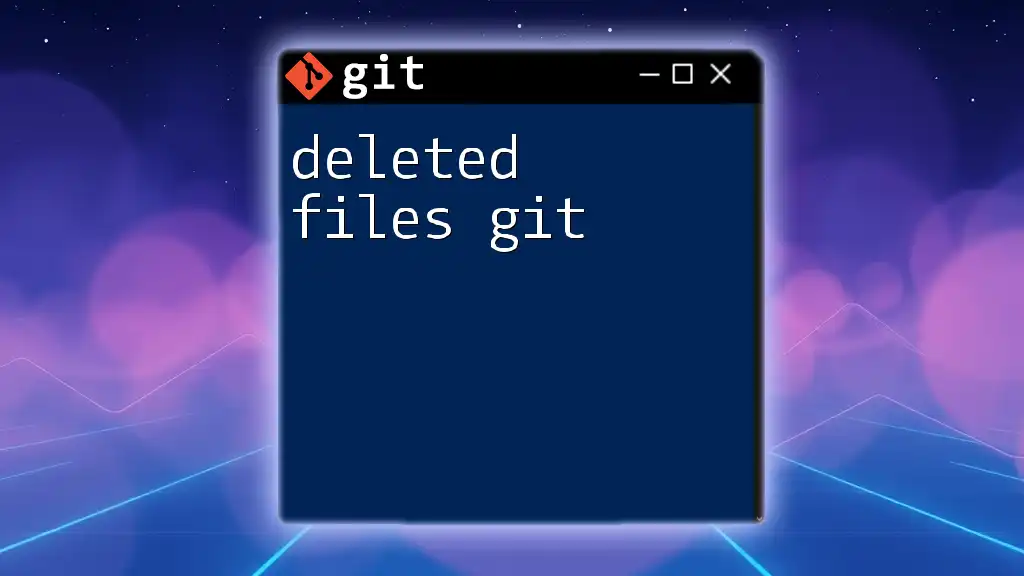
How to Delete a Directory in Git
Using Git Commands
Basic Deletion Command
The standard way to delete a directory in Git is by using the `git rm` command. This command removes tracked files and directories from the index and working directory.
To delete a directory, simply run:
git rm -r <directory-name>
This command removes the directory and its contents from Git's tracking and your file system.
Forcing Deletion
If you encounter issues and want to bypass safeguards within Git, you can use the `-f` flag to force deletion. However, exercise caution with this command, as it doesn’t ask for confirmation.
git rm -rf <directory-name>
This command recursively deletes the directory along with its contents without checking for uncommitted changes.
Alternative Methods
Manual Deletion
Another approach is to manually delete the directory using standard file system commands and then inform Git of the change.
You can do this as follows:
rm -rf <directory-name>
git add .
This method ensures that the directory is removed, and `git add .` will stage the deletion for your next commit.
Using GUI Tools
For those who prefer graphical interfaces, several Git GUI tools simplify the process of managing directories, including deletion. Applications like GitHub Desktop or SourceTree allow you to visually inspect and delete directories with user-friendly options.
Example: In GitHub Desktop, you can right-click the directory within your repository and select "Remove" to delete it seamlessly.
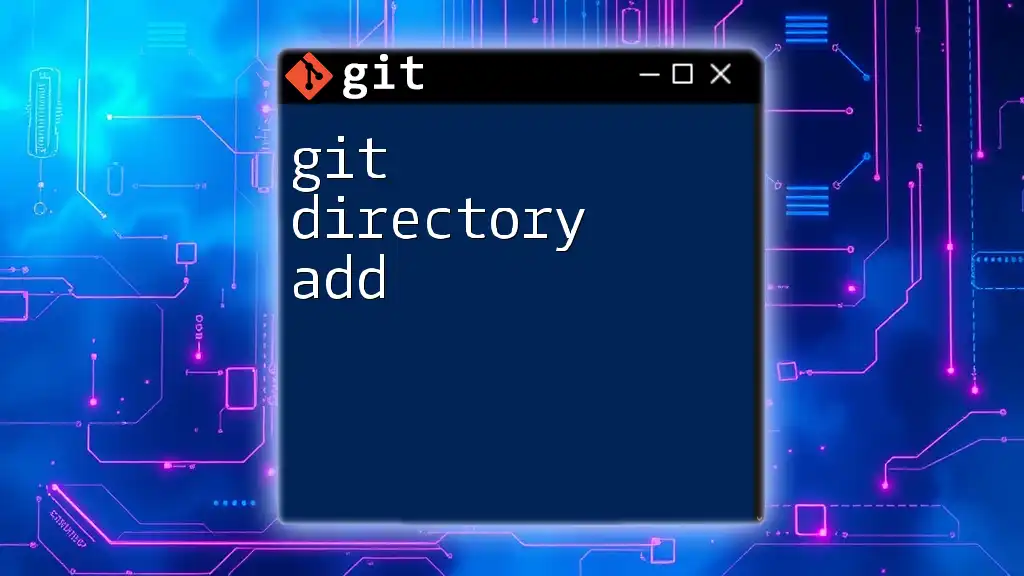
Resolving "Deletion of Directory Failed" Issues
Identifying the Root Cause
When faced with "deletion of directory failed git" errors, the first step is to troubleshoot. Use the `git status` command to inspect the state of your repository and identify any potential issues that may be preventing deletion.
git status
This command will reveal any uncommitted changes or conflicts that need to be resolved prior to deletion.
Step-by-Step Troubleshooting
Check for Uncommitted Changes
Review and handle any uncommitted changes that might block deletion. You can check what has been modified using:
git diff
If needed, either commit these changes, or stash them if you aren’t ready to commit.
Review Submodules
If you suspect that a submodule may be the culprit, you can check the status of your submodules with:
git submodule status
To detach a submodule, you will need to follow specific steps, including removing the entry from `.gitmodules`.
Inspect Permissions
If you suspect permission issues, verify and change file permissions as necessary. Use:
sudo chmod -R 755 <directory-name>
This command will grant the necessary permissions to modify the directory’s contents.
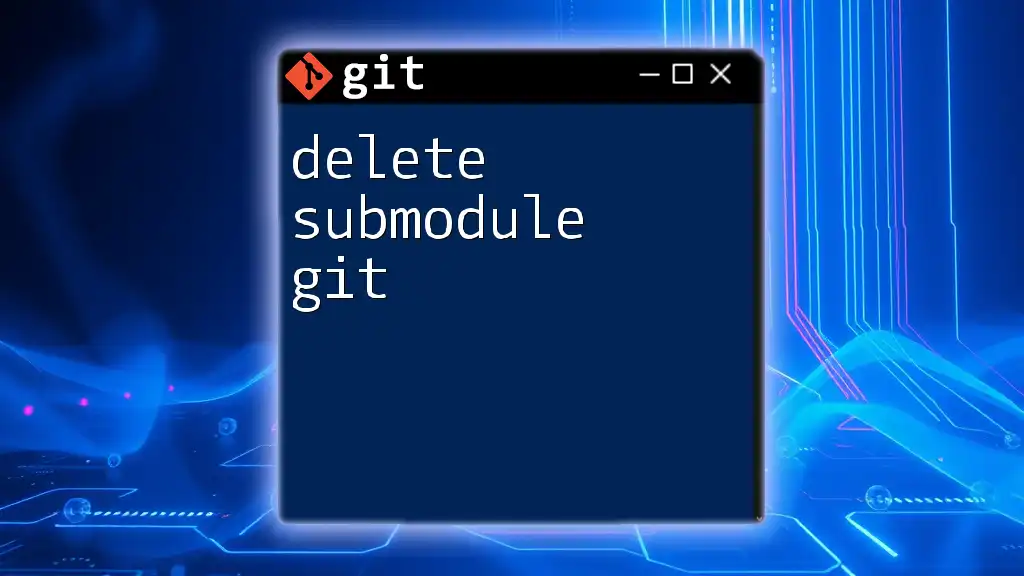
Best Practices for Deleting Directories in Git
Always Commit Changes Before Deletion
Establishing a habit of committing changes before performing deletions helps prevent data loss and maintains clear version control history. It is advisable to include a descriptive commit message reflecting the deletions and changes made.
Backup Important Branches
Regularly backing up your branches can protect you from accidental data loss during deletions. Consider creating tags or backups of important branches before proceeding with destructive actions.
Regularly Clean Up Unused Directories
Keeping your repository tidy is essential for ongoing management. Regularly inspect and delete directories that are no longer in use to maintain an efficient workflow.
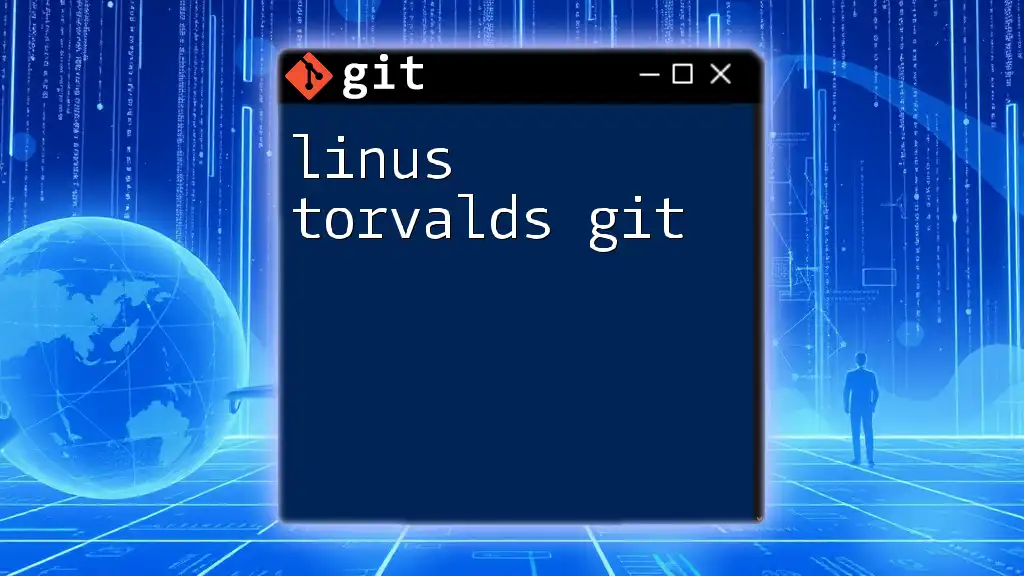
Conclusion
In learning how to navigate the complexities of deleting directories in Git, you empower yourself to use this powerful version control tool effectively. Understanding the internal structure of Git and the common challenges associated with deletions can ease the frustrations of encountering a "deletion of directory failed git" error.
Embrace the practices outlined above, and you will become proficient in managing your repositories, ensuring a smooth and organized development experience.
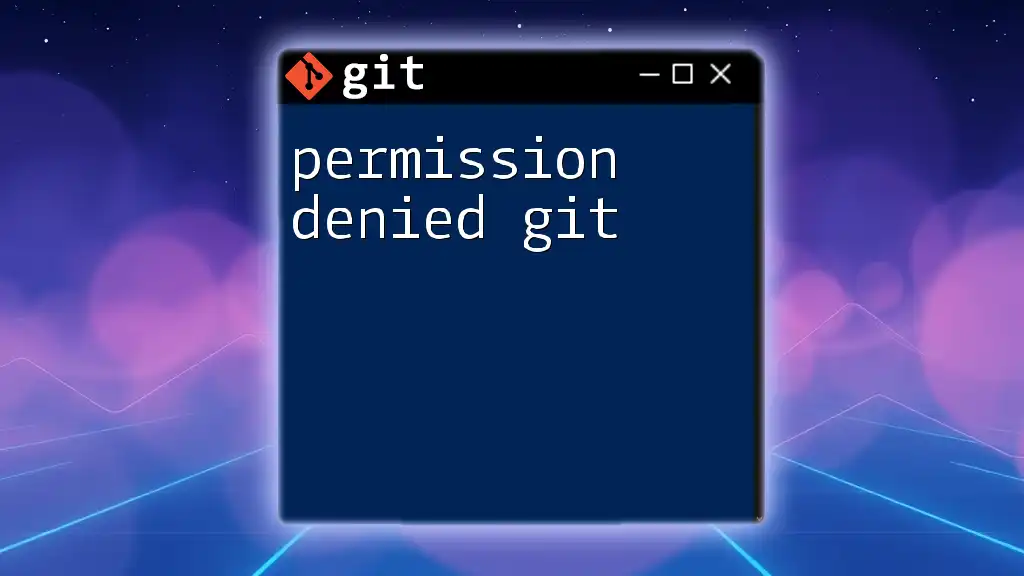
Additional Resources
For further information, consult the official Git documentation on directory management and explore additional readings on version control best practices to enhance your skills.

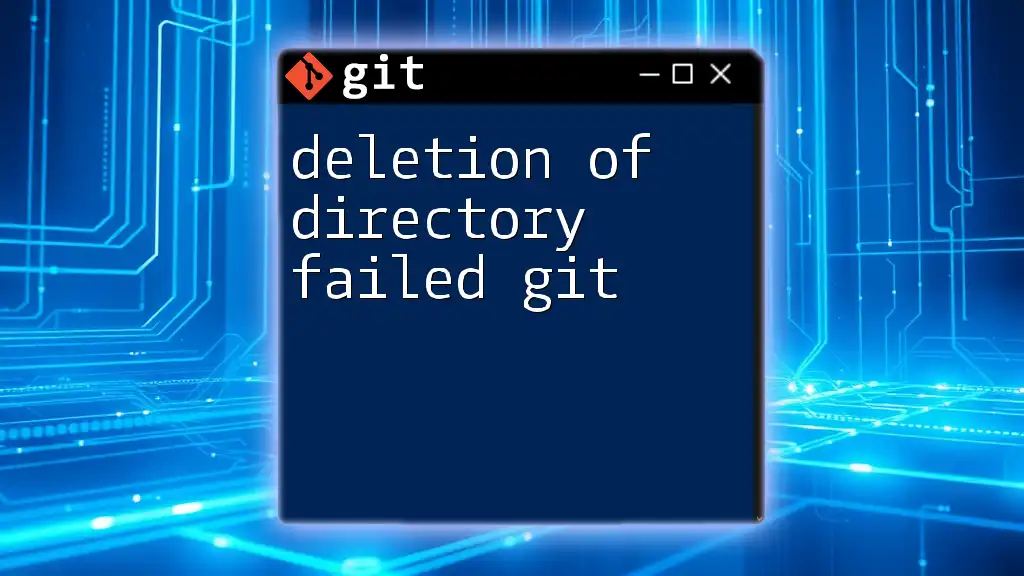





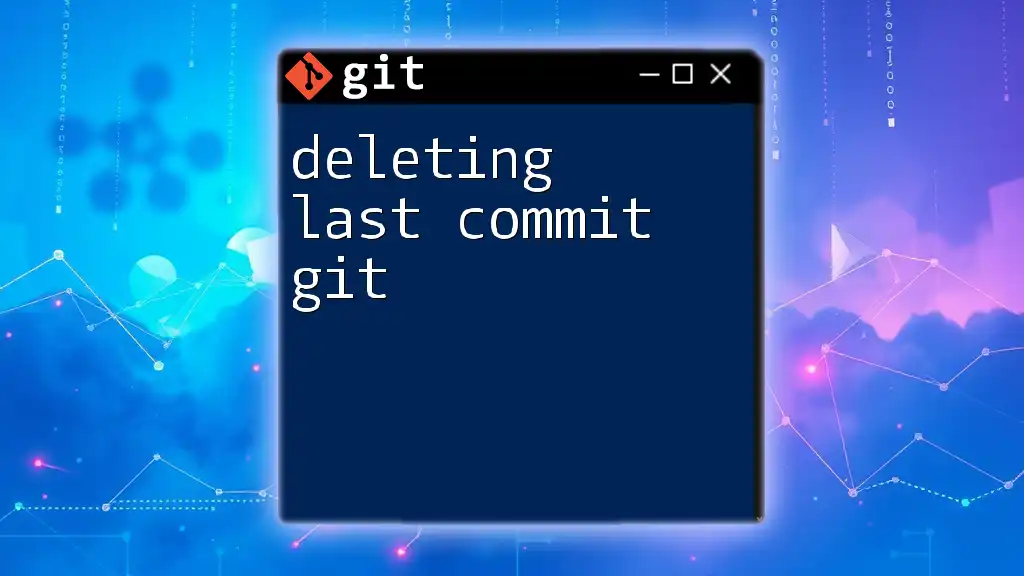
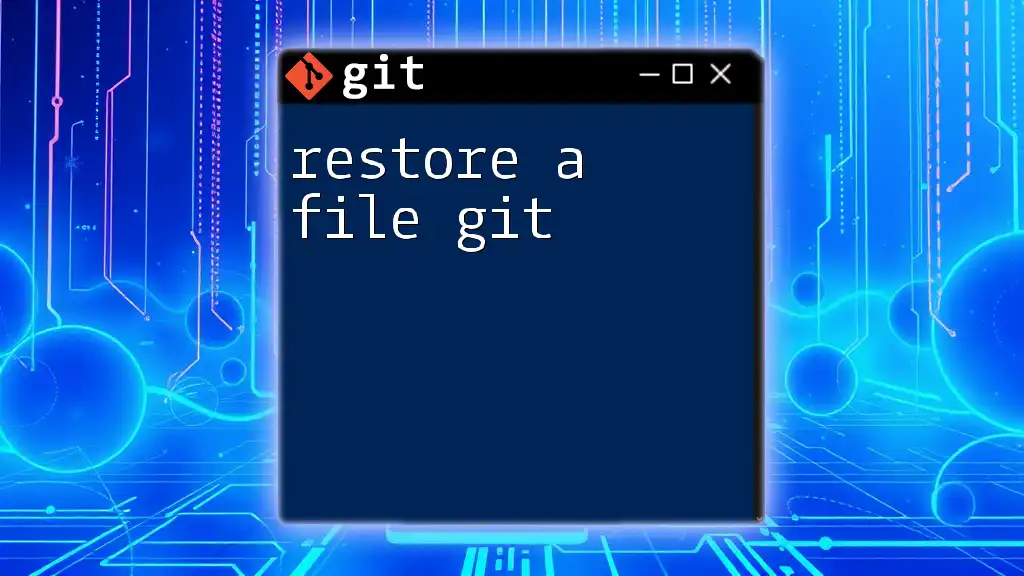
![How to Delete Origin Branch in Git [Step-by-Step Guide] featured](/images/posts/d/delete-origin-branch-git.webp)
